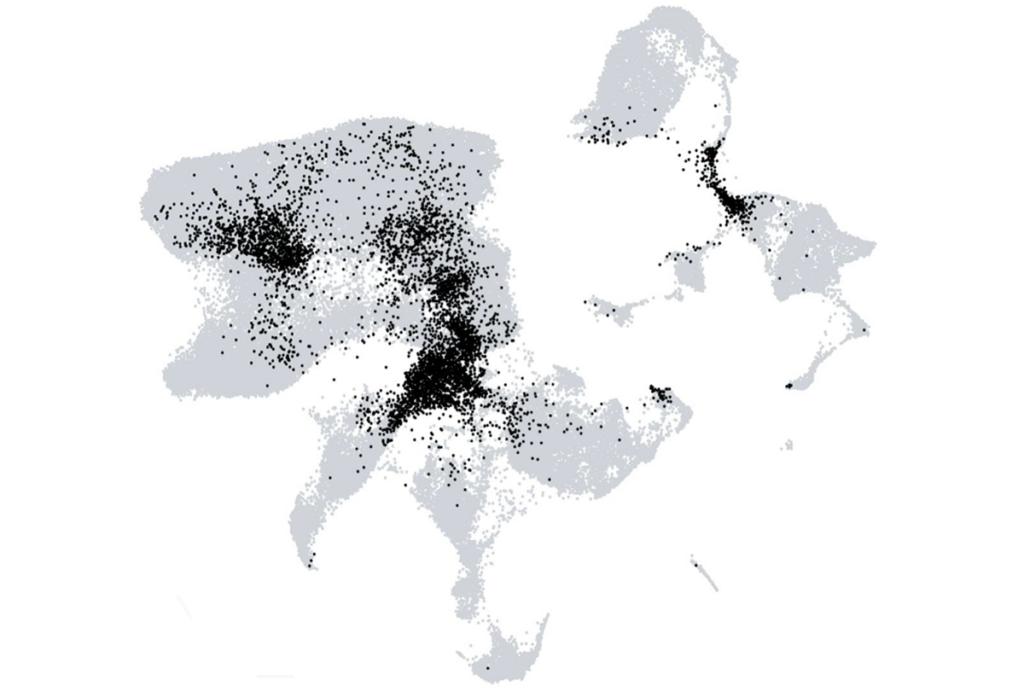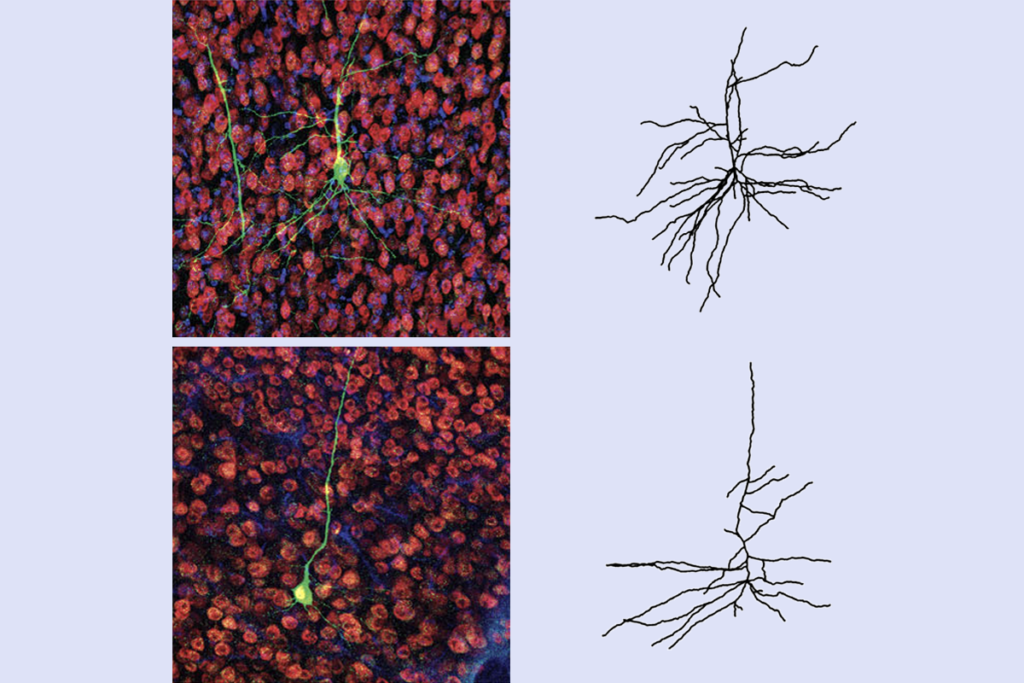Genetics: MicroRNA may suppress autism gene expression
A small fragment of RNA may regulate the expression of RORA, a gene implicated in many autism-related pathways, according to a study published 6 February in Scientific Reports.
A small fragment of RNA may regulate the expression of RORA, a gene that is implicated in many autism-related pathways, according to a study published 6 February in Scientific Reports1. The finding boosts evidence for the role of both RORA and the RNA in question in autism, the researchers say.
The fragment, called miR-137, is one of a class of small RNAs that tamp down gene expression by preventing genetic messages from being translated into proteins. More than 2,500 such microRNAs, or miRNAs, have been identified in human cells, and each may influence the expression of thousands of genes.
Several studies have reported that the levels of a handful of miRNAs are altered in people with autism2. Some of these miRNAs regulate the expression of genes linked to autism, such as PTEN3, NLGN3 and MeCP2. Mutations in miR-137, in particular, have been linked to both autism4 and schizophrenia.
In the new study, the researchers looked to see whether any miRNAs are involved in regulating RORA. This autism candidate gene is involved in the development of the cerebellum, a brain region involved in language and motor coordination.
The researchers scanned the gene for segments that might bind to miRNAs and found five potential sites for miR-137.
They analyzed each site by adding it to an unrelated gene in cultured cells. It turned out that four of the five sites lower expression of that gene, suggesting miR-137 does bind to them.
The results indicate that miR-137 must similarly bind RORA in cultured cells, but it is unclear whether it affects RORA expression in live animals. The RNA fragment is expressed only at low levels in the cerebellum, where RORA expression is most important.
The researchers also found that 263 other autism-linked genes contain possible binding sites for miR-137. The list includes some well-studied autism candidate genes — such as SHANK2 and NRXN1.
References:
1: Devanna P. and Vernes S.C. Sci. Rep. 4, 1-7 (2014) PubMed
2: Sarachana T. et al. Genome Med. 2, 1-18 (2010) PubMed
3: Ghahramani Seno M.M. et al. Brain Res. 22, 85-97 (2011) PubMed
4: Cross-Disorder Group of the Psychiatric Genomics Consortium and Genetic Risk Outcome of Psychosis (Group) Consortium Lancet 20, 1371-1379 (2013) PubMed
Recommended reading
Home makeover helps rats better express themselves: Q&A with Raven Hickson and Peter Kind

Genetic profiles separate early, late autism diagnoses
Explore more from The Transmitter



